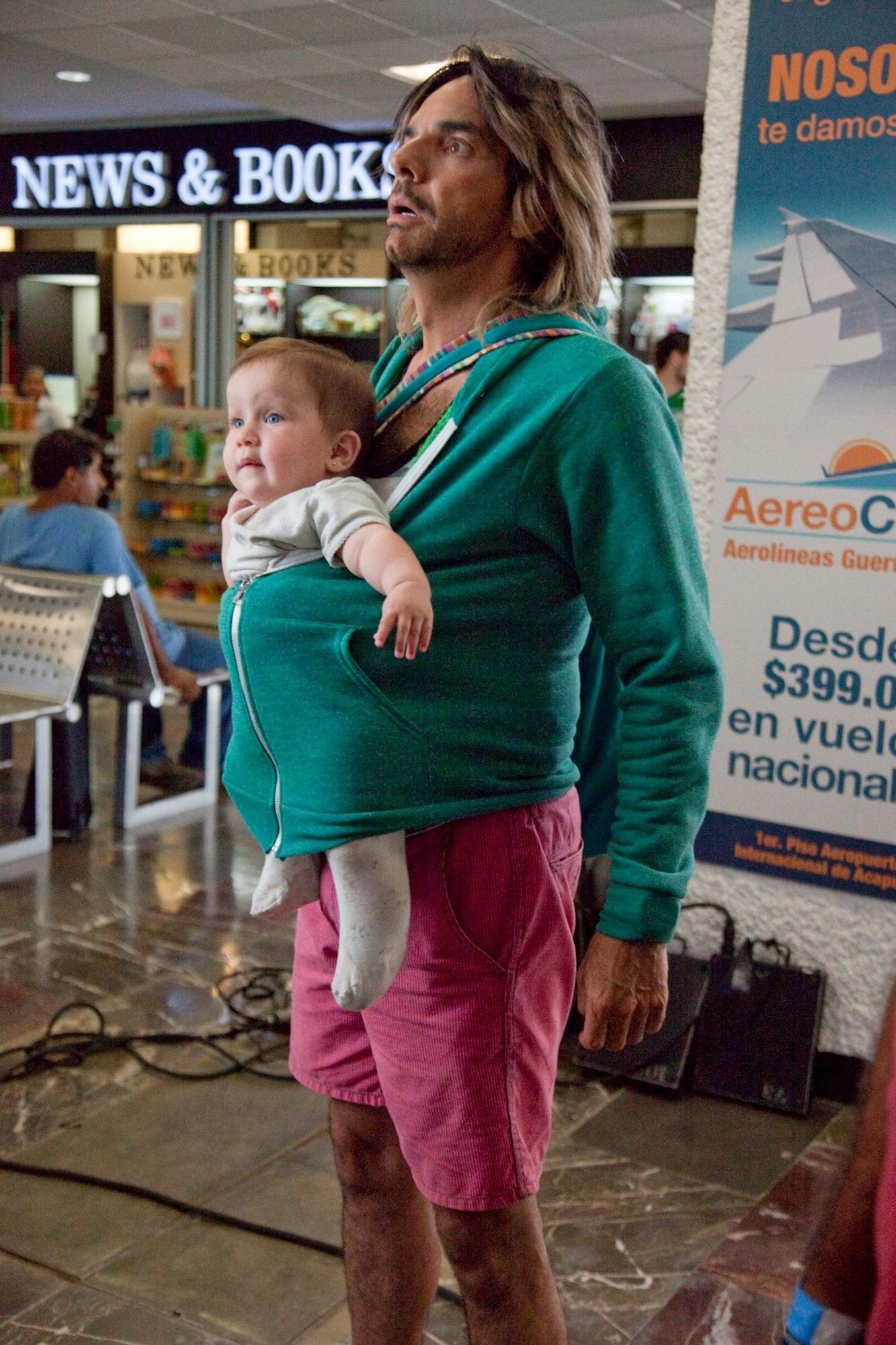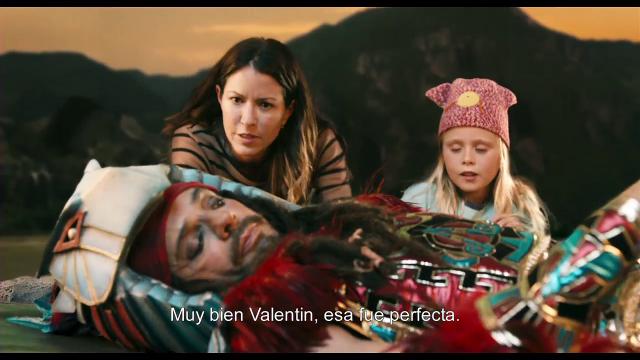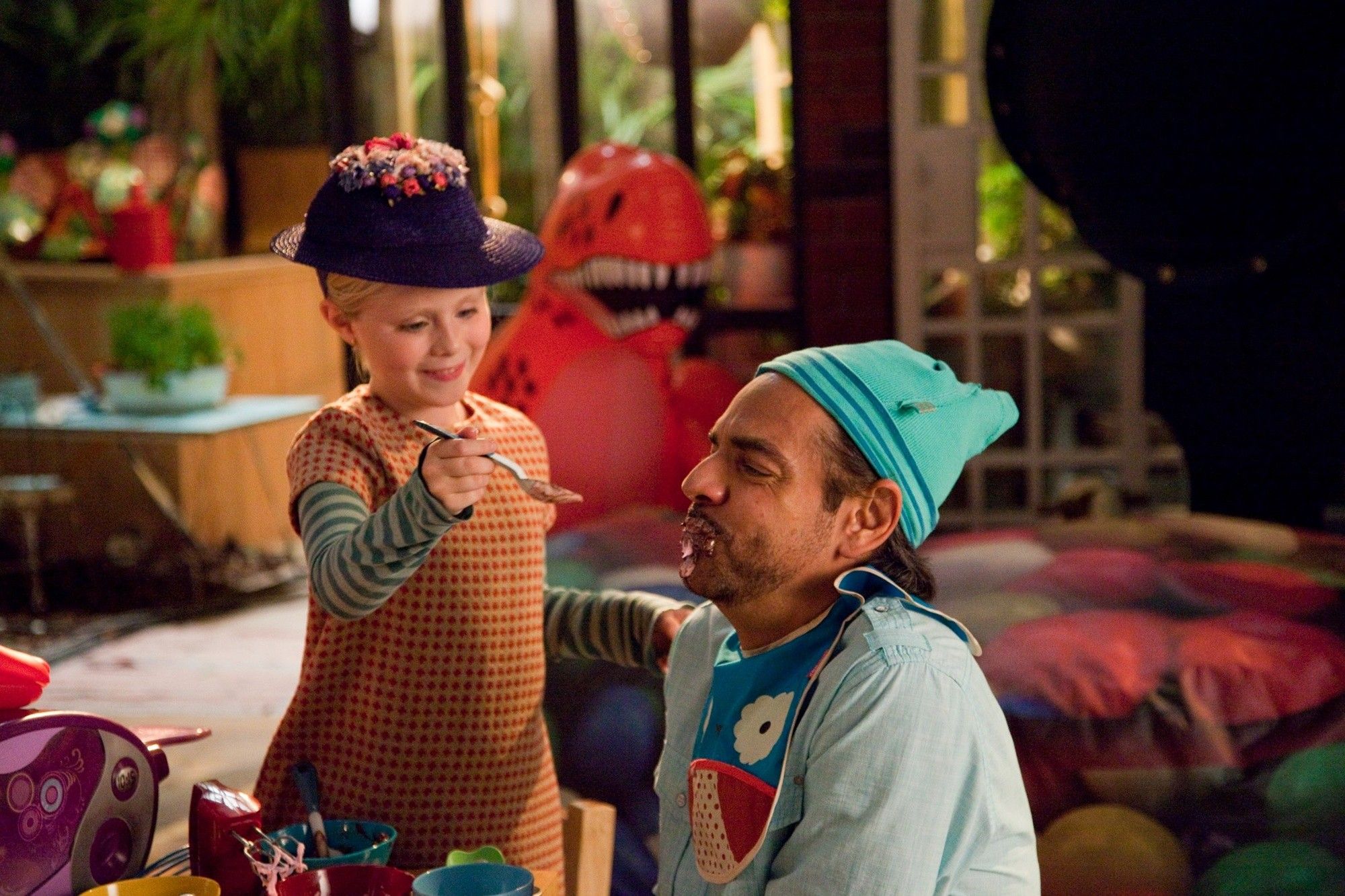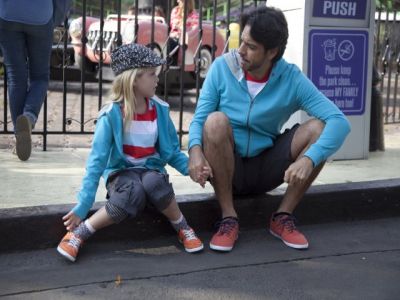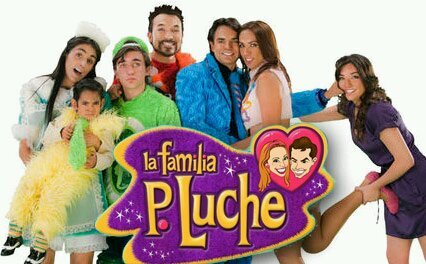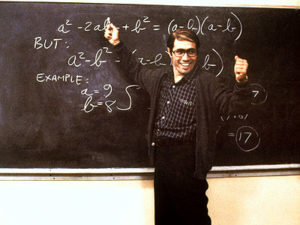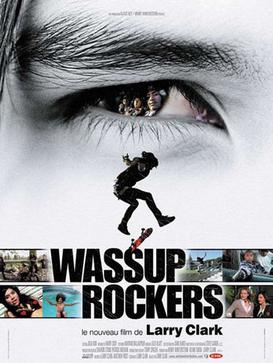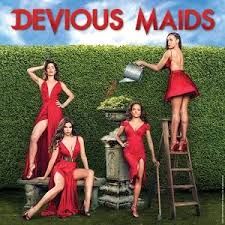
Devious Maids was created by Marc Cherry, the creator of Desperate Housewives. The show Desperate Housewives aired from 2004 to 2012 and was very successful. Devious Maids, so far, has four seasons and has been successful as well. Eva Longoria is part of the team of executive producers. The show was first aired by the network Lifetime on June 23, 2013. Season four episode one will be aired on June 6, 2016, through Lifetime.

The show series consists of drama, mystery, and comedy. The series is about five Latinas who work as maids in Beverly Hills. These Latinas all have dreams and aspirations to become someone in life. The five Latinas are Marisol Suarez (Ana Ortiz), Rosie Falta (Dania Ramirez), Zoila Diaz (Judy Reyes), Valentina Diaz (Edy Ganem), and Carmen Luna (Roselyn Sanchez). Marisol Suarez is an educated woman who disguises a maid to find out who killed a young maid. Her son was framed for the murder of the maid. Marisol is a desperate mother that, like any other mother, would do whatever it takes to help her child. Rosie is a maid who emigrated from Mexico after the death of her husband. Since her husband’s death, Rosie had to work to support her child, and if she stayed in Mexico, she was not going to be able to survive. Zoila is married and has a teenage daughter. Zoila works as a maid to help her husband support their family. Zoila’s daughter wants to further her education and be someone in life. Valentina is rebellious; she wants to fit in with a crowd that Zoila believes she does not belong to because of her race and social status. Carmen works as a maid until she is discovered by a music label to become a famous singer. She hates being a servant, but gossip keeps her entertained.
https://youtu.be/JAh-5K2F7dI

Marisol is an example of a Latina who is educated and has a career, as a professor. She is the second generation of Latino and does not speak Spanish; she speaks English well compared to Carmen and Rosy. Marisol does not have a husband; all she has is her son. Marisol disguises herself as a maid and helps in the release of her son. In doing so, she then confesses to her new maid friends she is not a maid. She then writes a book about her experience as an educated Latino, who disguises herself as a maid to free her son. In the book, she includes stereotypes and the treatments that Latina maids are exposed to. Latina maids are often seen as thieves, liars, uneducated, inhumane, and criminals. Similar to the stereotypes in Born in East LA, Zoot Suit, and West Side Story. Every time something goes missing in the home, no matter how valuable, the employer blames the maids. When the maids find out that she posed to be a maid; they all responded differently but for the most part, they felt betrayed. She becomes wealthy and purchases a home in Beverly Hills. Some of her maid friends feel that she has assimilated to being wealthy and white; again, they feel betrayed. The character of Marisol is an educated Latina, who goes above and beyond for her son, love, and friends.
https://www.youtube.com/watch?v=VrwUEabz_gw

Rosie’s story is a typical but sad story many mothers go through when obligated by the circumstances to immigrate to make a living. She left her son behind in Mexico with family; they talk and write letters often. Rosie’s employer is the typical white, wealthy family who pays the maid to work endlessly in the home and with the children. As Rosie cares for the children of her employer, she thinks about her own, the sad reality of many immigrant women who become nannies and maids. Eventually, she is reunited with her son. Like many immigrant children, he has a hard time assimilating and learning the language.
https://www.youtube.com/watch?v=GLNQFIce_vk

Zoila is a first generation Latina. Zoila married young and had her daughter young. Like many mothers, she is afraid her daughter will follow her footsteps. She is strict with her daughter, similar to the mother of America Ferrera in Real Women Have Curves. The only difference is that Zoila wants her daughter to be an educated and successful Latina. Her only fear is for her daughter to be mistreated by the Beverly Hills community which is white and rich. The Beverly Hills community sees the maids and workers who are mostly Latinos as second class citizens, uneducated, and criminals. Once her daughter graduated high school, she began to work as a maid to save money to go to college.
https://www.youtube.com/watch?v=hMll1_L47VQ

Zoila’s daughter is Valentina. She wants to become educated, be successful, and fit in with the Beverly Hills crowd of teens. Her mom does not want her to date nor have friends that live in Beverly Hills. She is afraid they will discriminate against her because she is poor (not wealthy) Mexican American (not white) and resides in Los Angeles (not Beverly Hills). Valentina wants to fit in and as a rebellious daughter, she dates a young white man who is wealthy and lives in Beverly Hills.
https://www.youtube.com/watch?v=QLgURs9qOv0

Carmen immigrated to the United States of America to be discovered as a singer. She has an accent and hates being a maid. She does not have children and is portrayed as a sexy Latina, who sleeps around for favors and money. Carmen’s character is a stereotyped personality, which others may have about Latinas being hypersexual, promiscuous, and money hungry.
https://www.youtube.com/watch?v=LVlp9cA4-s4

The five protagonists are characterized based on assumptions and stereotypes. The actresses are Latinas portraying Latinas both in a positive and negative manner. Marisol as the successful and educated one, Zoila as the one who became a mother and married at a young age, Rosie the one who left her family behind to work, Valentina a rebellious daughter, and finally Carmen the promiscuous one. Do you agree with me that the women are both portrayed in a positive and negative way? Or are they portrayed in a positive or negative manner? The series was created around the women and their experiences as maids, mothers, friends, lovers, and daughters, similar to Real Women Have Curves. The only difference is the men are not all passive, caring, and loving. The series illustrates the stereotypes and hidden meanings Nericco addressed in his article in relation to the cartoon of Speedy Gonzalez. I enjoy watching this series, but the series is full of stereotypes of how Latinas and whites interact.

The series is available through Amazon Prime and Hulu.
http://www.imdb.com/title/tt2226342/
http://www.hulu.com/devious-maids
http://www.amazon.com/gp/product/B00DKSAIJM?ref_=aiv_dp_season_select
https://www.youtube.com/watch?v=_lvcdfdA_Ss






 Eugenio Derbez originates from Mexico City, Mexico. He is an actor, director, writer, and producer. He earned two degrees in Mexico. One degree in Film Directing from the Mexican Institute of Cinematography and Theater and the second in Acting from Televisa Acting School. Currently, he is furthering his education in Los Angeles, California, taking classes to become a better actor, director, writer, and producer. He is known in Mexico and Los Angeles for his comedy and characters. He created and produced various successful television series in Mexico, such as XHDerbez, Vecinos, and La Familia Pluche. He received a star on the Walk of Fame recently, and the Latino community was happy that he had been recognized for the impressive work he has done over the years. He not only moved to Los Angeles to further his education, but to become a well-known actor, producer, writer, and director. He has participated in several films such as Under the Same Moon (2007), The Book of Life (2014), Miracles from Heaven (2016), Girl in Progress (2012), Beverly Hills Chihuahua (2008), and children’s movies that have been translated into Spanish like Shrek, Shrek 2, and Mulan. If you will like to learn more about Eugenio Derbez, here is the link to his biography
Eugenio Derbez originates from Mexico City, Mexico. He is an actor, director, writer, and producer. He earned two degrees in Mexico. One degree in Film Directing from the Mexican Institute of Cinematography and Theater and the second in Acting from Televisa Acting School. Currently, he is furthering his education in Los Angeles, California, taking classes to become a better actor, director, writer, and producer. He is known in Mexico and Los Angeles for his comedy and characters. He created and produced various successful television series in Mexico, such as XHDerbez, Vecinos, and La Familia Pluche. He received a star on the Walk of Fame recently, and the Latino community was happy that he had been recognized for the impressive work he has done over the years. He not only moved to Los Angeles to further his education, but to become a well-known actor, producer, writer, and director. He has participated in several films such as Under the Same Moon (2007), The Book of Life (2014), Miracles from Heaven (2016), Girl in Progress (2012), Beverly Hills Chihuahua (2008), and children’s movies that have been translated into Spanish like Shrek, Shrek 2, and Mulan. If you will like to learn more about Eugenio Derbez, here is the link to his biography 



